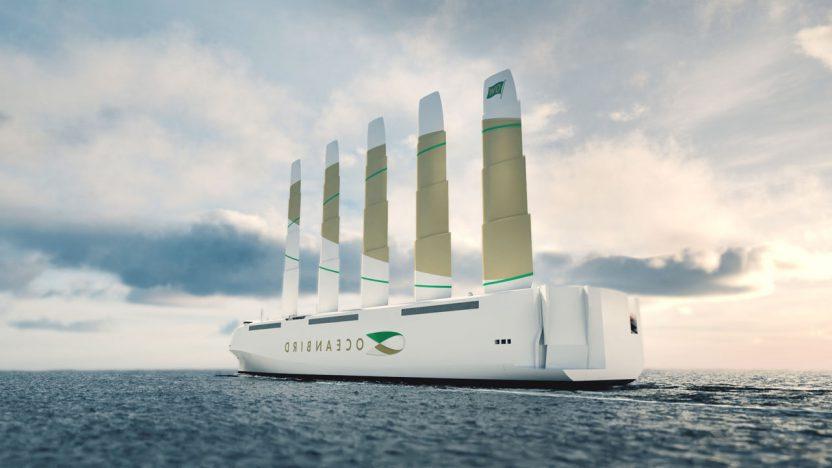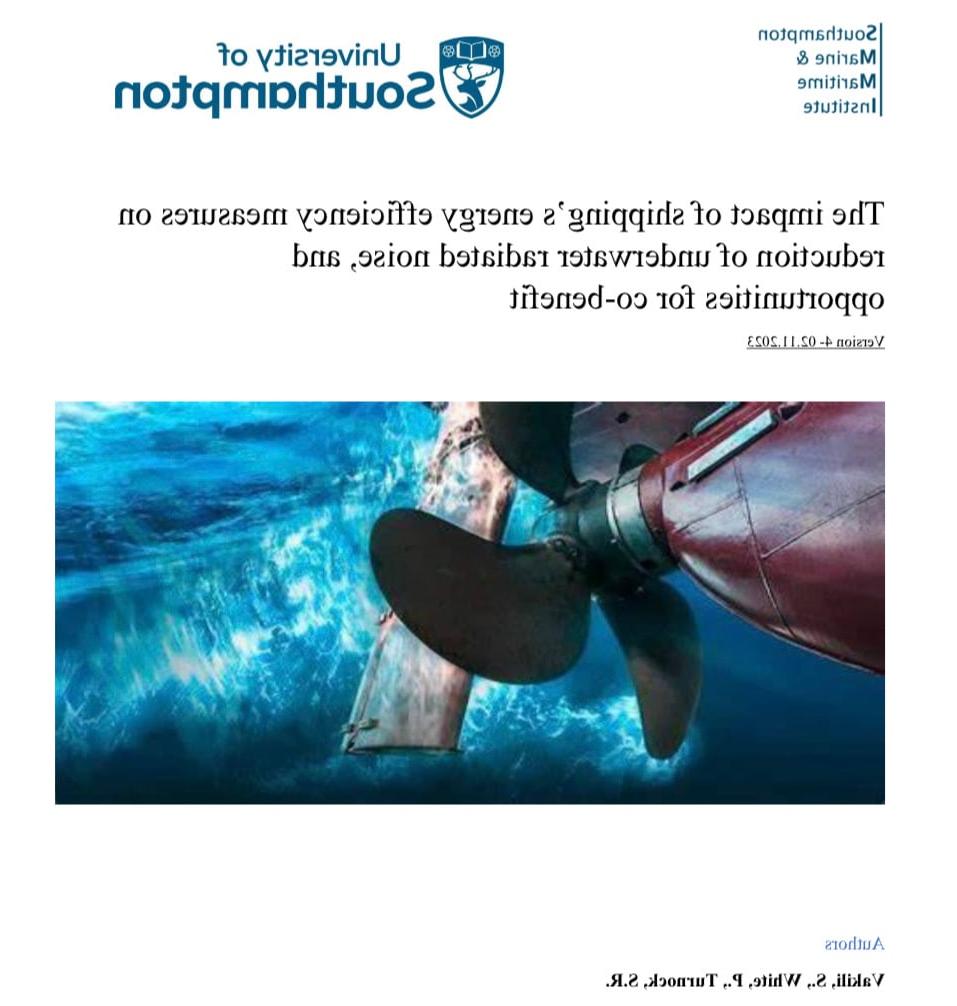ICS report reveals scale of challenge to decarbonise shipping
A new report from the International Chamber of Shipping (ICS) has laid bare the scale of the industry’s decarbonisation challenge. It also sets the scene for governments to back an industry proposal to form a global $5bn R&D基金去风险的未来投资. The report warns that a failure by governments to support the industry’s initiative to accelerate R&D risks trillions of dollars of investment being misallocated, 这使得该行业不可能脱碳.

The report ‘催化第四次推进革命’ looks at different options to help decarbonise shipping and achieve the greenhouse gas (GHG) reduction targets established by the industry’s global regulator, 联合国国际海事组织(IMO). These include the use of Ammonia, Hydrogen, and Batteries to power the global fleet.
然而, 该报告发现,目前, zero carbon fuels are not available at the size and scale needed to drive decarbonisation. While there are several promising potential zero-carbon fuels and technologies, the emissions reductions called for by the international community and industry require a huge amount of research and development before they can become viable.
这代表了该行业的“金融冰山”, as pressure to regulate emissions is currently moving faster than supply chains’ ability to keep pace. Without innovation and a massive scaling-up of research and development, there is a significant risk of stranded assets that will impact nation states, 金融界和航运业.
国际航运是全球经济不可或缺的一部分, 运输约90%的全球贸易量. It also currently has to use four million barrels of oil a day – 4% of global oil production, or equivalent to a third of the daily production of Saudi Arabia. The energy needed to power one large container ship across the ocean in a single day is the same needed to power 50,000个家庭. 船东敏锐地意识到脱碳的必要性, something that can only be done with the development of a new generation of technologies and new zero-emission fuels. New fuels urgently need to be developed along with novel propulsion systems, upgraded vessels and an entirely new global refuelling network.
该报告更详细地研究了三种替代燃料:
- ‘Green’ Ammonia – one of the most promising low-emission fuels, with the IEA predicting that its use for shipping will reach 130m tonnes by 2070, twice as much as was used worldwide for fertiliser production in 2019. 然而, 它的能量密度比石油低, meaning ships will consume up to five times as much fuel by volume. Ammonia production would have to rise by 440 million tonnes – more than treble current production – requiring 750 gigawatts of renewable energy. This means that shipping alone would consume 60% of the world’s current renewable energy production of 2,537千瓦.
- Hydrogen – emits no carbon but its current commercial production emits large amount of the GHG, 否定其绿色资质. 然而,防止这种情况的研究正在进行中. Similar to ammonia, fuel density is poor, and a new bunkering system would also be required. 到2070年,氢的使用量可能达到1200万吨, equivalent to 16% of 2019 global maritime bunker demand and 16% of today’s global hydrogen use.
- Fuel Cells and Batteries – the battery challenge is just as great: a typical container vessel would require the power of 10,000 Tesla S85 batteries every single day meaning that it would require 70,为了航行一个星期,我们用了一万块电池. 风能可以作为电动船只的补充, although the current view is that they will only be viable for short-distance trips, 但这可以随着R的增加而改变&D.
To upscale these and other infant technologies into adoptable solutions, 对R的大量投资&D是必需的. Operational improvements alone cannot achieve the 90% efficiency targets needed to reach the IMO 2050 goal of halving emissions compared to 2008. Instead, commercially viable zero-carbon technologies must be available by 2030. Trillions of dollars of investment will rely on the success of such initiatives to identify the right zero-carbon technologies of tomorrow.
ICS秘书长Guy Platten说:
A quantum leap in decarbonised technology similar to the switch from sail to steam over a century ago is required if shipping’s current CO2 reduction targets are to be achieved. 然而,我们没有同样充裕的时间来改造.
“This report sheds some light on potential solutions that will have to be adopted if we are to steer the shipping industry away from fossil fuels. But the reality is that companies need a centralised fund that can catalyse an intense injection of R&对涡轮增压项目的投资. Without it we are not going to achieve zero-emission shipping.
拟议中的R&D fund will lead to the introduction of zero-emission ships across the maritime sector by 2030 and beyond. 因此,我们敦促国际海事组织支持这项建议, 哪一个会给航运带来如此广泛的好处, 以及更广泛的全球运输部门.”
“The scale of the financial challenge is as great as the technical challenge. We need certainty and action to avoid the approaching financial iceberg as we set course for a zero-carbon future.”



